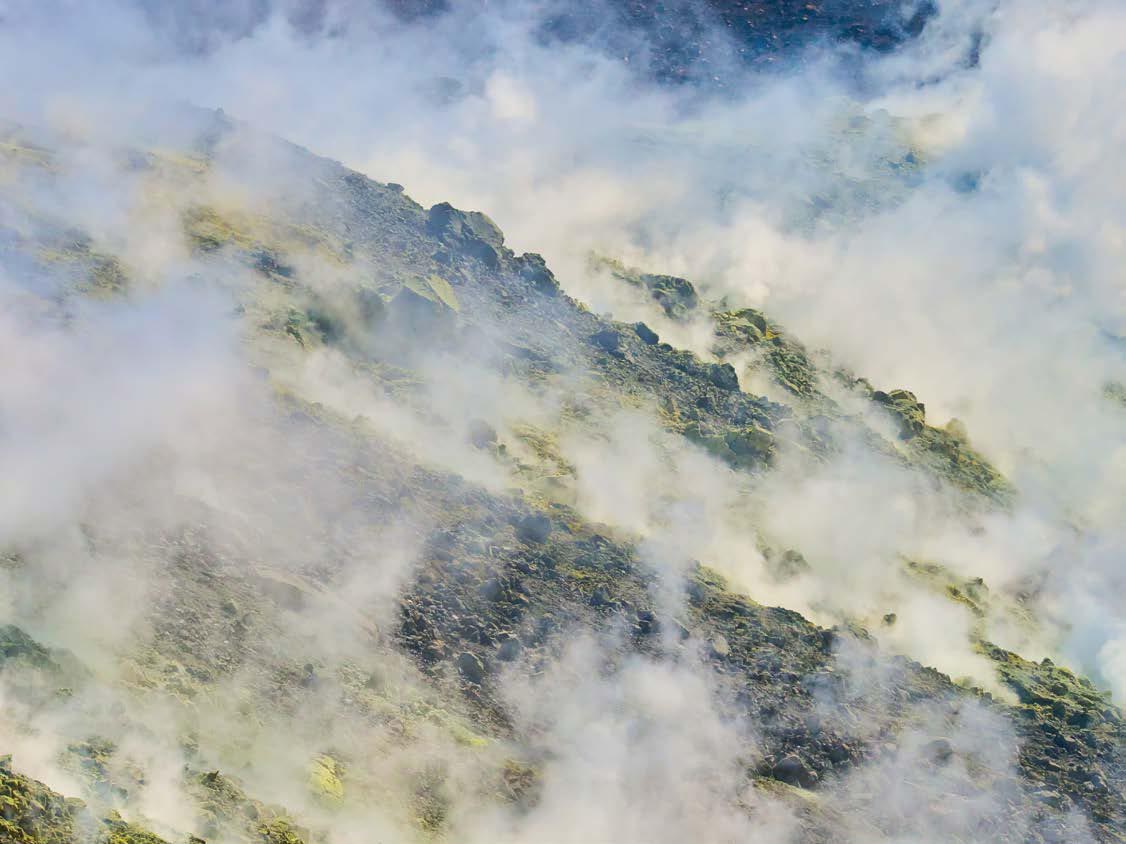
Dramatic algal blooms were likely not the only factor in the Late Devonian extinction. Massive volcanic eruptions in what is now Siberia may have played a role as well. Such eruptions would have released enormous amounts of gases that would have blocked sunlight, further lowering temperature. No matter the specific cause of the extinction, we know that the Earth cooled significantly during the Devonian as we have geological evidence showing that glaciers first appeared late in the period. This caused sea levels to drop, further exacerbating the crisis in the oceans.
All of these events—choking algal blooms, cooler global temperatures, dropping sea levels, possible toxic gases in the atmosphere—spelled doom for the oceans. Countless marine species were unable to adapt and began to die off in the Late Devonian Extinction event. Hexagonaria species, including the one that would produce the Petoskey stone fossil, disappeared during or shortly after the extinction. This massive die-off is part of the reason why so many Hexagonaria and other fossils are present in Devonian rocks around the world today. And while many rugose corals survived the extinction, the final remnants of the coral group eventually went extinct 120 million years later during the greatest extinction event of all: the End-Permian Extinction, which wiped out 95 percent of all ocean species.

Some of the greatest environmental calamities in history were caused by large emissions of volcanic gases, and they may have contributed to the Late Devonian extinction event. In this photo, volcanic gases billow from the Earth.